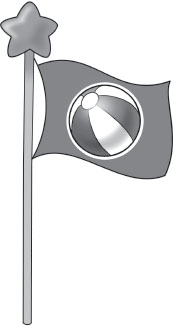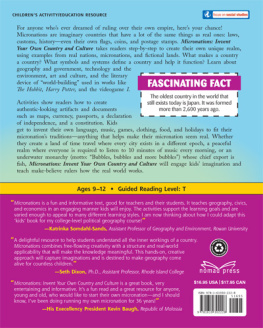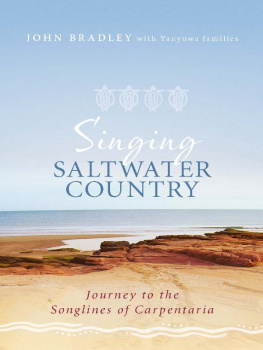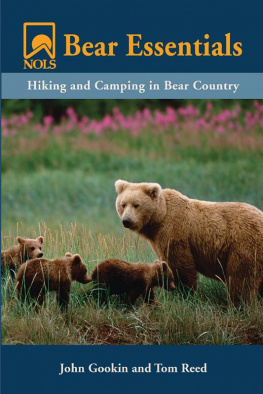
~ Latest titles in the Build It Yourself Series ~

Check out more titles at www.nomadpress.net
Nomad Press
A division of Nomad Communications
10 9 8 7 6 5 4 3 2 1
Copyright 2014 by Kathy Ceceri. All rights reserved.
No part of this book may be reproduced in any form without permission in writing from the publisher, except by a reviewer who may quote brief passages in a review or for limited educational use.
The trademark Nomada Press and the Nomad Press logo are trademarks of Nomad Communications, Inc.
Illustrations by Chad Thompson
Educational Consultant, Marla Conn
Questions regarding the ordering of this book should be addressed to
Nomada Press
2456 Christian St.
White River Junction, VT 05001
www.nomadpress.net
I would like to thank the following people for their help with this book:
Beau Breslin, Ph.D., of Skidmore College
His Excellency Kevin Baugh, President of Molossia
King James III (Jamie Sheffield) of the Northern Forest Archipelago
His Imperial Majesty Doctor Eric Lis of the Aerican Empire
CONTENTS
HAVE YOU EVER WONDERED WHAT IT WOULD BE LIKE to invent your own country? Thats what micronations are all about! A micronation is an imaginary country that has many things real countries have. Most micronations have a leader, a government, and laws. Some also have a flag, stamps, and money, as well as their own music, language, and holidays.
WORDS TO KNOW!
country: a place with official boundaries, called borders, that mark it off from other places. A country can make agreements or fight wars with other countries.
micronation: an imaginary country that has many features of a real country, but is not considered real by other countries.
government: an organization or system that controls a city, state, or country.

WORDS TO KNOW!
citizen: a person who legally belongs to a country and has the rights and protection of that country.
nation: another word for country, also used to refer to a group of people who share a common culture even if they dont live in their own country.
culture: the beliefs and way of life of a group of people, which can include religion, language, art, clothing, food, holidays, and more.
tradition: a custom or belief that has been handed down in a community or culture over many years.
The main difference between a micronation and a real country is whether other countries in the world agree that it is real.
Micronations have been created by kids and by adults. They can be found in forests, in deserts, and on platforms in the middle of the ocean. Some are no bigger than a back yard or a bedroom. A few allow visitors, but most micronations are only open to their own citizens. And many exist only online, where they can be seen by anyone.
This book will take you through the steps of creating your own micronation. Youll be given great powerbut with it comes great responsibility. Besides getting to call yourself Lord Blake III, Ruler of Dragoria, Duke of Coventry or Queen Sofia of Quy Quorta, you can bestow titles on your friends and give them the top jobs in your government.
As the founder of your nation, you can choose what kind of systems and laws will help your country achieve its goals. And you get to name holidays, establish a culture with traditions, and even invent a language that will bind your people together.

Activities and projects in this book will show you how to create artifacts that make your micronation seem real. You will learn to:
WORDS TO KNOW!
artifact: an object made by humans.
declaration of independence: an announcement to the world that a new country has formed. The U.S. Declaration of Independence was written in 1776 to explain why America was separating itself from Britain and becoming its own country.
map: a picture or diagram of the earths surface.
landmark: a natural or man-made object that is easy to see and recognize.
atlas: a book with maps and information about different places.
Write your own declaration of independence explaining what your new country is about;

Make a map of your territory, including famous landmarks and historical monuments;
Design a flag that symbolizes your countrys ideals;
Put together an atlas of facts and figures about micronations; and
Organize a Micronational Worlds Fair where you can share your countrys culture and traditions with others.

As you discover more about micronations, you will also learn about geography. First, youll look at physical geography, which deals with the shape of the land, as well as the water, weather, and living things there. Youll also explore cultural geography, which focuses on people and the way they interact with the physical geography around them. And you will practice world-building to invent a made-up place that seems real.
WORDS TO KNOW!
geography: the study of the earth and its features, such as mountains and rivers, and the effect of human activity on the earth.
physical geography: the land, water, and weather in an area.
cultural geography: the way people interact with their surroundings. Also called human geography.
world-building: the process of inventing an imaginary world in a book, movie, or game.
characteristic: a feature of a person, place, or thing.
theme: a central, recurring idea or concept.
liberty: freedom, the ability to act or live freely as one chooses.
So welcome to the world of micronations! Its your chance to be in chargeand find out what makes a country a country!
Find a Theme for Your Country
What is the most important characteristic of your country? What is the main idea behind it? Coming up with a theme is useful when designing a micronation.
For instance, the theme of the United States of America is liberty, or freedom. This is a very important idea to Americans, and it shows up in the countrys songs, documents, and symbols. The Declaration of Independence says that everyone has the right to life, liberty, and the pursuit of happiness.

The United States Constitution includes the Bill of Rights, which guarantees certain freedoms to the countrys citizens. These include freedom of speech, freedom of the press, and freedom of religion.
WORDS TO KNOW!
constitution:
Next page















